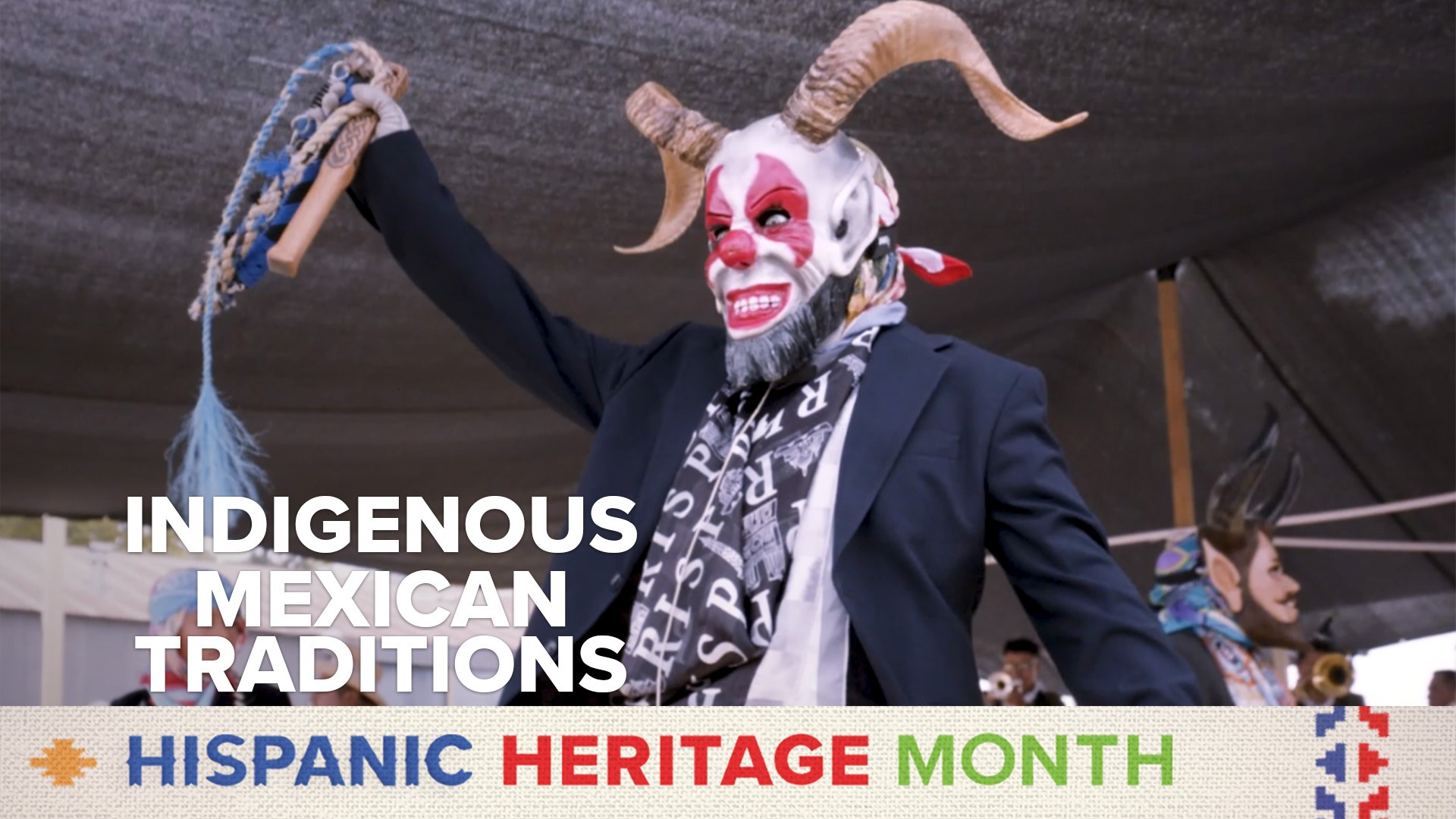SACRAMENTO, Calif. — Mexicans with indigenous roots are preserving their cultural traditions through dance in Northern California. With vibrant costumes and lively music, dancers share stories passed down from generation to generation.
Vidal Beltran Aguilera is one dance teacher on a mission to keep Mexican traditions going in Sacramento. He is from Pátzcuaro, Michoacán and started dancing at a young age.
“I teach what was taught to me by my ancestors, my relatives… what was taught to me by my town,” he said.
When he came to the United States from Mexico nearly 20 years ago, he was missing a piece of home and decided to start a dance group in Sacramento. In 2010, Vidal created Lacustre Michoacán De Ocampo, which is dedicated to carrying on traditional Mexican dances and celebrations. The group brings together immigrants and locals who are looking for connection to their heritage.
“Even though we live here in the United States, we should not forget where we come from; that is the important thing,” he said.
Vidal's dance group performs at festivals in the Sacramento area, including 'Oaxaca en Sacramento' hosted by the Latino Center of Art and Culture. The event brings together dance groups from across California to participate in their own version of La Guelaguetza, which is a festival held each summer in Oaxaca, México. Also known as 'Los Lunes del Cerro,' or 'Mondays on the Hill,' the indigenous tradition is about sharing cultures through unique dances and customs from each of the eight regions of Oaxaca.
GET MORE RACE & CULTURE FROM ABC10:
►Explore the Race & Culture home page
►Watch Race & Culture videos on YouTube
►Subscribe to the Race and Culture newsletter
The festival originally had religious roots honoring the Aztec God of corn, but it has evolved over the years to symbolize reciprocity and strengthen the bond between Oaxaca’s diverse regions.
Mexico has one of the most diverse indigenous populations in Latin America. Oaxaca’s native indigenous population makes up more than 30% of the state. Numerous ethnic groups, from Mixtec to Zapotec, carry their own unique traditions, which are showcased through dances still practiced today.
Vidal's dancers and other Northern California dance groups purchase authentic dresses, jewelry and costume pieces from Oaxaca to show respect to their culture.
One Mexican dance style known for its costume is La Danza de Los Diablos, or the Dance of the Devils. Dancers wear masks made of wood adorned with animal horns.
"Everybody has their own masks, their own style of what they depict the devil looks like,” said Javier Martinez from Napa.
Dancers also wear chivarras, which are chaps made of leather and goat hair.
"And we use the traditional chicote, which is the devil whip," Javier said.
The crack of the chicote is an iconic part of The Dance of the Devils. A Napa-based dance group, named Los Diablos De Santiago Juxtlahuaca, carries on the traditional dance style.
"This dance is for everyone and it’s something that I feel proud of because it's something we do with a lot of passion, and we're always representing what we are: we are Oaxacan, we are Mexicans," said Alma Guzman who is part of the group. She is originally from Santiago Juxtlahuaca, Oaxaca.
The Dance of the Devils is traditionally performed in the Mixteca Region of Oaxaca.
Another region of Oaxaca is the Central Valley. Alicia Martinez and her dance group, Ballet Folklórico Valle de St. Helena, represented ‘Las Chinas Oaxaqueñas’ from the Central Valley at the Oaxaca en Sacramento festival.
The dancers wore vibrant skirts while balancing a basket on their heads. Alicia said the dance represents the work of women in the community. She is originally from Santo Domingo Tonalá, Oaxaca, so she said sharing these traditional dances is something close to her heart.
“When I came here, I have a dream: to make my group, teach my kids, teach my people how it feels being part of Oaxaca culture and roots," Alicia said.
Whether born in Oaxaca or in the United States, these traditional dances connect people across space and time.
“Here in the United States, many of us leave our family, we leave our childhood in Mexico, so what I try to do here in the United States is bring a little of what we leave there,” said Vidal.
Northern California dance groups teach dancers of all ages, including children and teens, who will continue to preserve these traditions.
"We have family there and it just connects us there so we just want to keep the roots going to our future generations," said Antonio Cuevas with Grupo Folklórico Raíces Mestizas.
Vidal's dance group will perform at El Panteón de Sacramento hosted by the Latino Center of Art and Culture happening from Nov. 3-5 at 2700 Front Street in Sacramento. The event celebrates the centuries old tradition of Día de Los Muertos or Day of the Dead.
To learn more about the event, click here.
We want to hear from you!
The Race and Culture team's mission is to serve our diverse communities through authentic representation, community engagement and equitable reporting.
Accomplishing our goals of inclusive reporting requires hearing from you. Is there a person or place that you want us to highlight. Email us at raceandculture@abc10.com or fill out the form below.
WATCH MORE ON ABC10 | It WAS a man's world: Mariachi Bonitas

